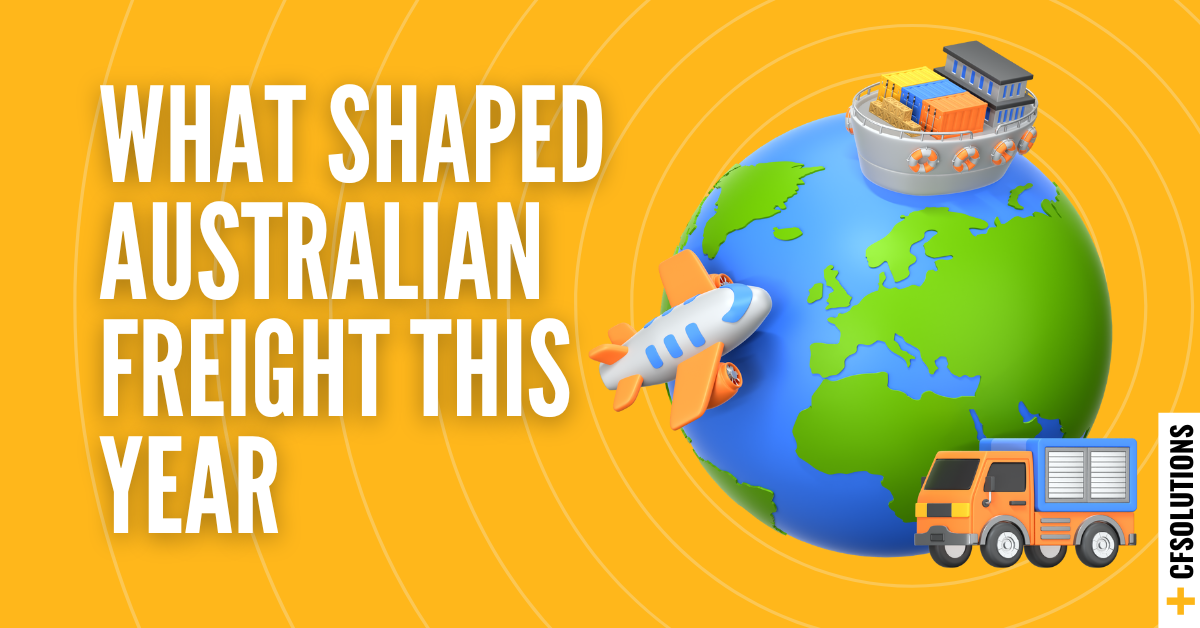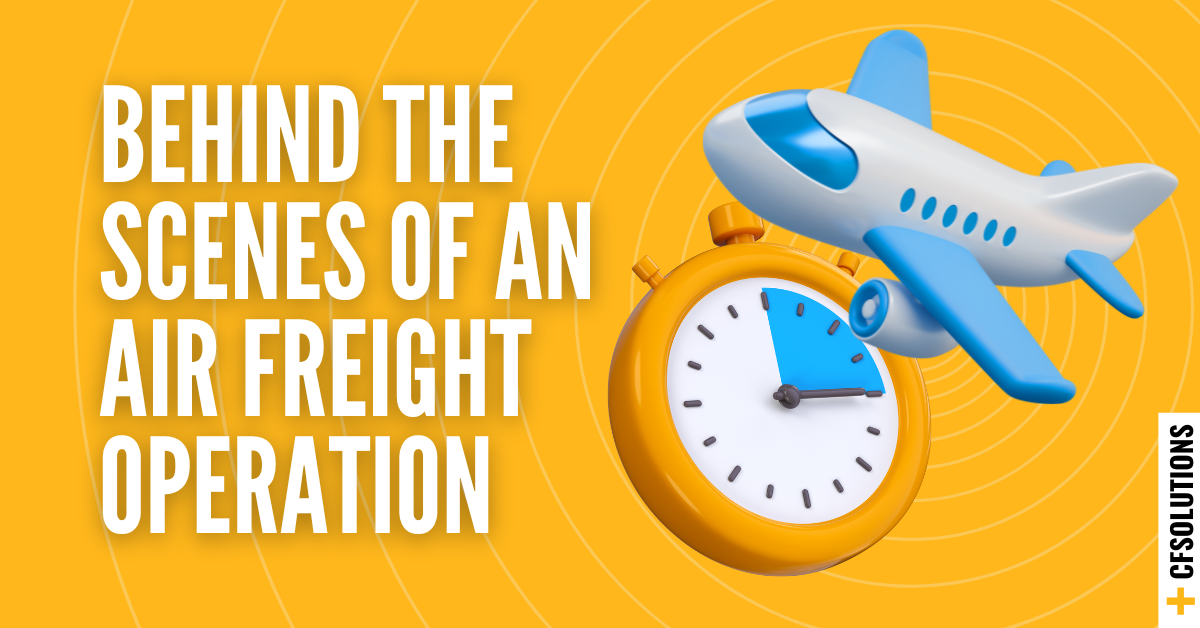
Australia’s vast landscape presents unique challenges when it comes to delivering goods to remote and rural areas. While major cities are well-serviced by a wide range of logistics options, remote interstate deliveries require a more specialised approach. For businesses operating nationwide, it’s essential to understand how to navigate these challenges to ensure your products reach even the most isolated locations reliably and on time. In this guide, we’ll explore key strategies for managing remote interstate deliveries in Australia and the opportunities they present.
Challenges of Regional Interstate Deliveries:
Geographic Barriers:
Remote regions in Australia are often separated by large distances, with limited infrastructure or transport options available. Many areas have long stretches of unsealed roads, making access difficult and time-consuming for standard freight providers.
Limited Carrier Availability:
Unlike urban centres, remote locations may not have frequent service from major carriers, meaning fewer delivery windows and potential delays. Limited carrier networks can also lead to higher shipping costs as fewer providers have the infrastructure to service these areas.
Weather and Environmental Conditions:
Remote deliveries can be at the mercy of unpredictable weather conditions, such as heavy rains, floods, or extreme heat. These factors can disrupt transit schedules and increase the complexity of planning deliveries to isolated regions.
Regulatory Requirements and Permits:
Certain remote areas, particularly in regions like the Northern Territory or far-north Queensland, may have additional regulations or require special permits for freight deliveries. Ensuring that you're selecting a provider who has compliance with these local requirements is essential to avoid delays.
Strategies for Success in Regional Deliveries:
1. Plan Ahead with Flexible Delivery Options:
For remote deliveries, planning is essential. Working with providers that offer flexible delivery schedules allows for greater adaptability when road conditions or weather change unexpectedly. Multi-carrier solutions provide the benefit of redundancy, ensuring deliveries can continue even if one provider is unable to access a location.
2. Leverage Regional Hubs for Efficient Distribution:
Establishing regional distribution hubs in key locations allows businesses to consolidate shipments and reduce the number of long-haul trips to remote areas. Goods can be sent in bulk to a central location, then distributed via smaller, local carriers with specialised knowledge of the region.
3. Utilise Air Freight for Remote Deliveries:
In some cases, air freight may be the most practical option for reaching remote locations quickly, particularly when roads are inaccessible or the delivery is time-sensitive. Air freight provides direct access to isolated areas and can be combined with ground transport for the final leg of the journey.
4. Choose Carriers with Remote Expertise:
Selecting carriers with experience in remote deliveries is crucial. These carriers understand the unique logistical challenges of reaching rural and isolated areas and are equipped with the right vehicles, knowledge, and contingency plans to handle them effectively. Working with carriers that have strong regional networks ensures your freight will be delivered with fewer delays.
5. Prioritise Technology and Real-Time Visibility:
Remote deliveries can be challenging to track, but using technology to monitor your shipments in real-time provides valuable visibility. GPS tracking and integrated logistics platforms help you stay informed about your deliveries' progress, allowing for more proactive decision-making and quick responses to any disruptions.
Cost Considerations for Regional Deliveries:
Delivering to remote locations often comes with additional costs due to the distance, lack of carrier competition, and specialised equipment required. To manage these costs:
- Consolidate shipments whenever possible to reduce per-unit costs.
- Negotiate rates with your provider who frequently service remote areas, as they may offer sharper pricing for consistent volume.
- Consider regional storage facilities or partnerships to minimise long-haul trips for smaller shipments.
Opportunities in Regional Deliveries:
Despite the challenges, remote interstate deliveries present unique business opportunities:
-
Expanding Market Reach: Offering reliable deliveries to remote areas opens your business up to new markets that are often underserved. This can set your business apart from competitors who may struggle to reach these regions.
-
Building Customer Loyalty: Providing consistent, reliable delivery to customers in remote locations builds trust and can turn these customers into long-term partners. Many businesses and consumers in remote areas value timely, dependable delivery, making logistics a key part of customer retention.
Choosing the Right Provider for Regional Interstate Deliveries:
When selecting a freight provider for remote interstate deliveries, it’s important to consider:
-
Expertise in Remote Areas:
A provider with a strong track record in delivering to remote locations is critical. Their experience will minimise the risk of delays and ensure smooth operations in challenging conditions. -
Multi-Carrier Solutions:
Working with a logistics partner that offers multi-carrier options provides greater flexibility and access to carriers who specialise in remote regions. This reduces the likelihood of service disruptions. -
Comprehensive Support:
A good provider will not only handle the logistics but also offer customer support and real-time visibility for your shipments, helping you stay in control of your remote deliveries.
Delivering to remote interstate locations in Australia requires careful planning, specialised knowledge, and the right logistics partners. By understanding the challenges and implementing the right strategies, businesses can tap into new markets, build strong customer relationships, and ensure reliable, efficient service, no matter how remote the destination.
Looking to expand beyond regional freight? Learn how interstate freight solutions can simplify your operations and open up new opportunities for growth. Read our guide to interstate freight.
Subscribe to our Newsletter or Follow Our Socials
- by Customised Freight Solutions
- 0 Comments
Freight Wrap-Up 2025: What Shaped Australian Freight This Year
The past twelve months have continued to reshape how Australian ...
Read More- by Customised Freight Solutions
- 0 Comments
Behind the Scenes of an Air Freight Operation
Air freight is one of the most dynamic parts of Australia’s logistics ...
Read More- by Customised Freight Solutions
- 0 Comments
Planning Your Freight Leading into Christmas and Understanding Carrier Cut-Offs
The Christmas period is one of the most exciting times of the year ...
Read More



